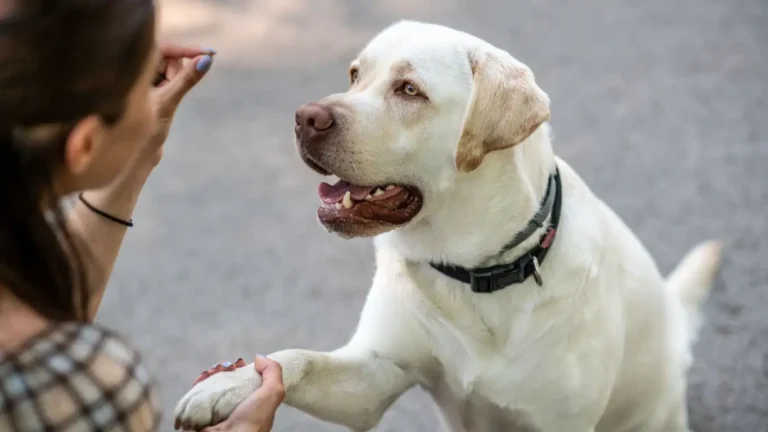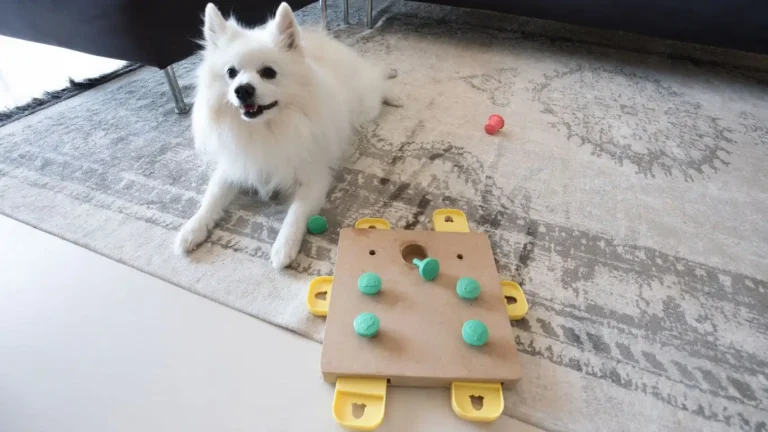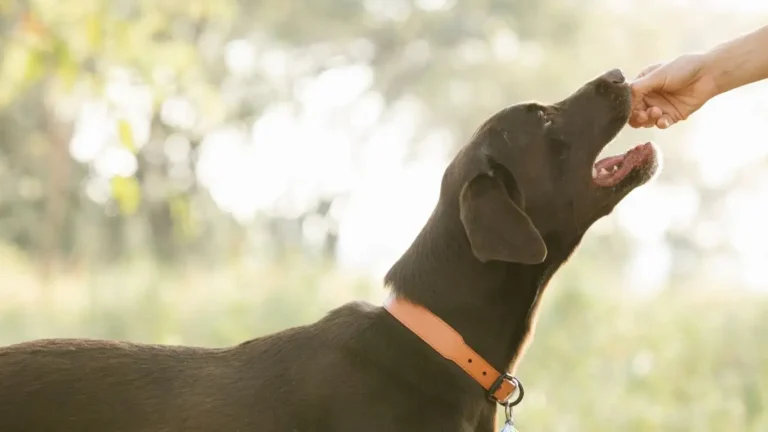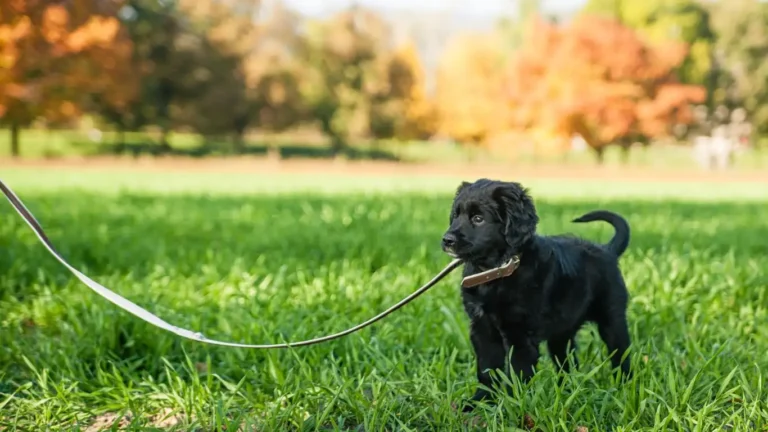Effective Positive Reinforcement Techniques for Dog Training: Boost Your Dog’s Behavior with Expert Tips
As a Certified Professional Dog Trainer (CPDT-KA), I’ve seen firsthand how powerful positive reinforcement techniques can be when it comes to building a strong bond with your dog while also shaping their behavior. Positive reinforcement isn’t just a trend in dog training; it’s a method grounded in behavioral science that has proven to be both effective and humane. In this article, we’ll explore how positive reinforcement techniques can transform your training routine, enhance your dog’s learning experience, and strengthen your relationship with your furry friend.
What is Positive Reinforcement?
Before diving into the techniques, let’s break down exactly what positive reinforcement is. Positive reinforcement is a method of teaching or modifying behavior by rewarding the desired behavior. The goal is to increase the likelihood that the behavior will be repeated in the future. In the world of dog training, positive reinforcement involves offering something your dog loves—like treats, praise, or playtime—immediately after they exhibit a behavior you want to encourage. The reward reinforces the behavior, making it more likely that your dog will repeat it.
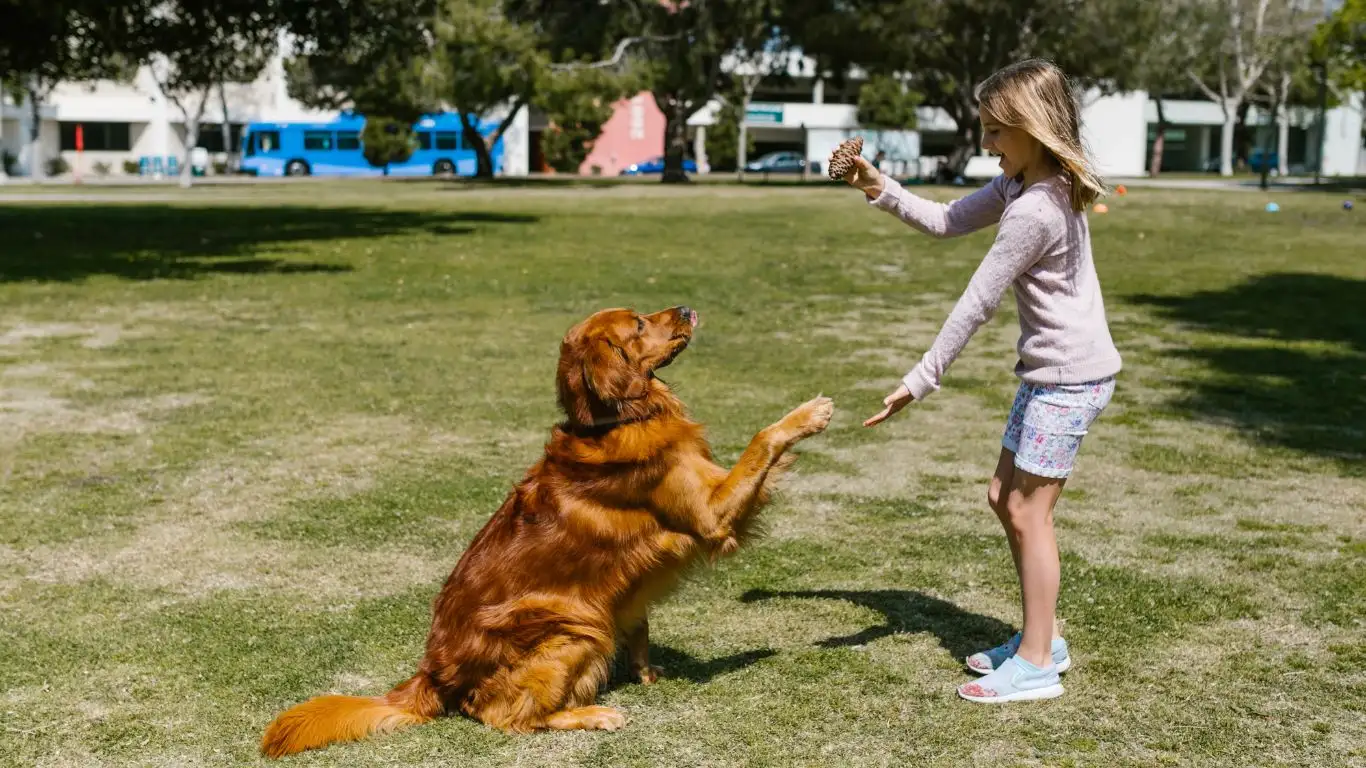
For example, if you’re teaching your dog to sit, you would reward them with a treat or verbal praise as soon as their bottom touches the floor. Over time, they will associate sitting with something positive, which increases the chances that they’ll sit again when you ask them to. Simple, right? But what makes positive reinforcement so effective is the consistency and timing with which you reward the desired behavior.
Why Positive Reinforcement Works
You may have heard of the phrase “you get more of what you reward.” Well, this perfectly applies to positive reinforcement in dog training. It taps into the science of behaviorism and is rooted in the principle of operant conditioning. The concept is that behaviors that are followed by a pleasant outcome are more likely to be repeated. Dogs, like people, seek out experiences that bring them pleasure, and when you reward them for doing something you like, they’re motivated to repeat that action.
Building a Stronger Bond with Your Dog
One of the greatest benefits of positive reinforcement is the bond it helps create between you and your dog. When you use rewards to reinforce good behavior, your dog starts to see you as a source of fun, joy, and comfort. Rather than creating a dynamic of fear or force, positive reinforcement encourages trust and cooperation. This strengthens your relationship, making it easier for you to communicate and work together.
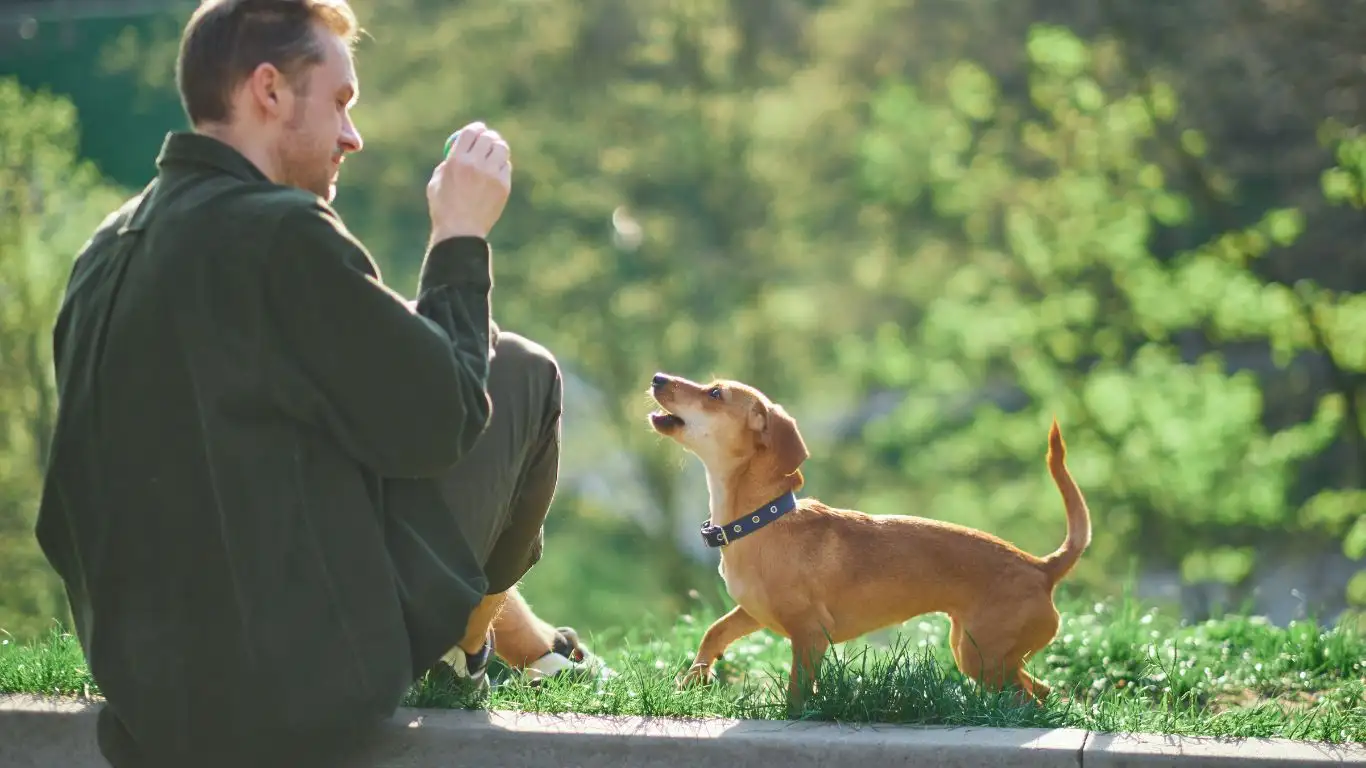
As a professional trainer, I’ve found that dogs respond much better to training when they are motivated by something positive. Whether it’s a tasty treat or a quick game of fetch, using rewards helps to keep your dog engaged and eager to learn. If you’re consistent and patient, positive reinforcement will foster a sense of respect and teamwork, making training an enjoyable experience for both of you.
Types of Positive Reinforcement Techniques
There are several ways to implement positive reinforcement in your dog’s training. You can experiment with different rewards to find out what motivates your dog the most. Here are some of the most popular methods I use with my own clients:
- Treats: This is the most common and effective form of positive reinforcement, especially for food-driven dogs. Offering a small, tasty treat right after your dog performs the desired behavior creates an immediate connection in their mind between the action and the reward.
- Verbal Praise: Some dogs respond wonderfully to verbal cues like “Good dog!” or “Yes!” A warm, enthusiastic tone can be just as motivating as a treat for certain dogs, especially when paired with affection or petting.
- Playtime: For dogs that are more play-driven than food-driven, incorporating their favorite toy or a game of fetch as a reward can be a great option. It’s important to use the rewards that your dog values the most.

Now, let’s dive into each of these methods in more detail and how to use them effectively:
Using Treats as Positive Reinforcement
Treats are often the go-to reward in dog training because they work so well. Most dogs are highly motivated by food, and using treats makes training sessions faster and more efficient. When you reward your dog with a treat immediately after they perform the desired behavior, it helps them to make the connection between the action and the reward. Over time, your dog will start to anticipate the treat when they hear a command or see a cue, making the behavior even stronger.
However, it’s important to remember that the treat should be high-value to your dog. If you’re using small, dry kibble for training, it may not be as motivating as something special, like small bits of chicken or cheese. The key is to find what gets your dog excited and use that as a reward. And of course, be mindful not to overfeed your dog with treats, as this can lead to unhealthy weight gain.
Timing and Consistency: The Keys to Effective Positive Reinforcement
When it comes to positive reinforcement, timing is everything. You can have the best treats or the most enthusiastic praise, but if you’re not rewarding your dog at the right moment, the behavior might not stick. Timing helps your dog understand exactly which action is being rewarded. In my experience as a Certified Professional Dog Trainer, I’ve seen clients struggle with timing, and it often leads to confusion for the dog. Let’s dive into how to get timing just right.
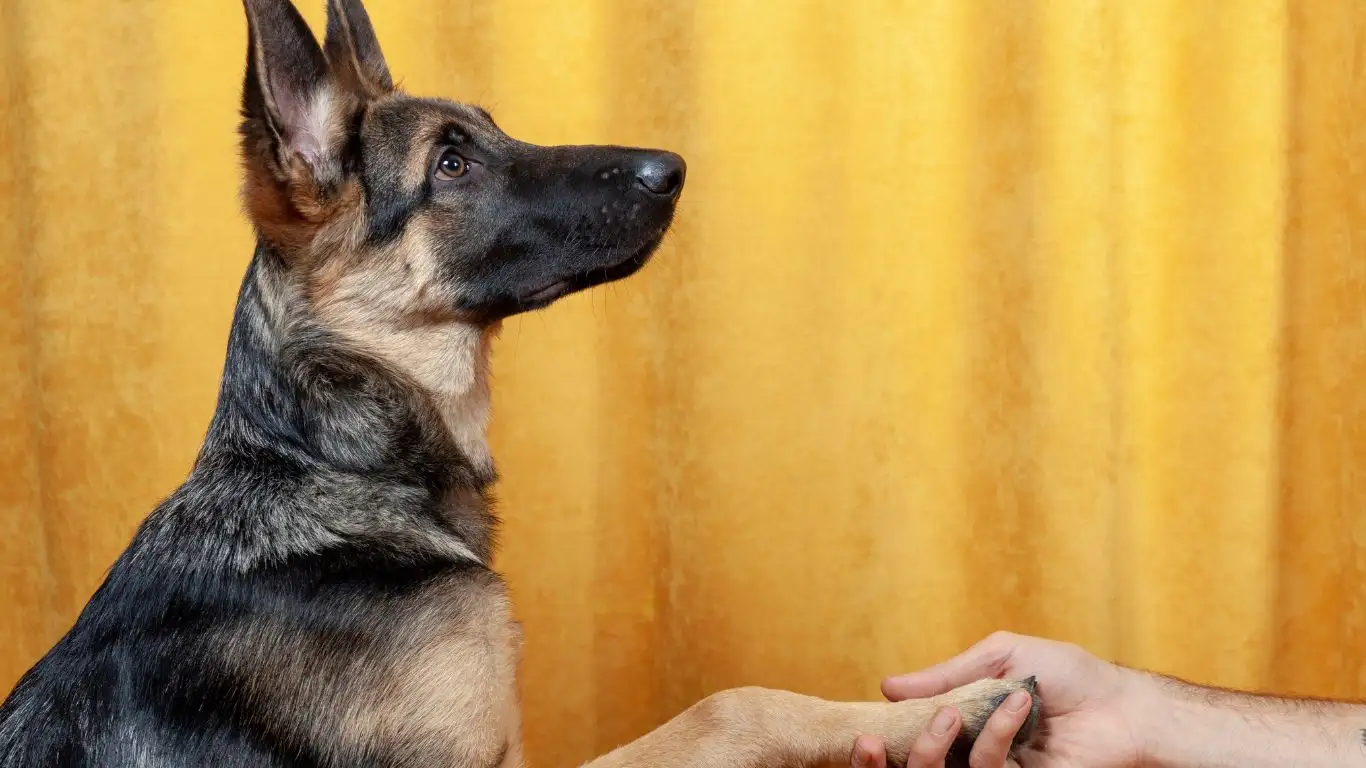
Understanding the Importance of Timing
Imagine you’re teaching your dog to “sit.” You give the command, and your dog responds by sitting. If you wait too long to reward them, they might start to think the reward is for something else, like standing up or sniffing around. To avoid this, make sure you reward the moment your dog’s bottom touches the ground. This reinforces the exact behavior you want to encourage.
For beginners, I recommend using a “clicker” (a small device that makes a clicking sound) or a verbal marker like “Yes!” to mark the behavior immediately. This helps bridge the gap between the action and the reward. The quicker you can deliver the reward after the behavior, the better your dog will understand what they’re being reinforced for.
Consistency Is Key
Along with timing, consistency is another cornerstone of successful training. Dogs thrive on routine, and if you want to see lasting results with positive reinforcement, you must be consistent in how you reward behaviors. This means rewarding your dog every single time they do the right thing during the learning phase. Over time, you can gradually reduce the frequency of rewards, but consistency is crucial in the beginning.
When clients come to me with training struggles, one of the first things I look at is consistency. Are they rewarding their dog every time they perform the desired behavior? Are they using the same reward for the same behavior each time? A lack of consistency can confuse the dog and slow down the learning process, which is why I always emphasize the importance of a clear and predictable training routine.
Shaping Behavior with Positive Reinforcement
One of the most exciting things about positive reinforcement is that it allows you to “shape” behaviors. This means that instead of expecting your dog to perform a trick or action perfectly from the start, you reward them for small steps that get them closer to the goal. It’s like building a staircase of behavior, with each reward acting as a step toward the final result.
Breaking Down Complex Behaviors
When I first introduce clients to the concept of shaping, I love to use an example like teaching a dog to roll over. At first, the dog might not even understand the full motion. But you can start by rewarding them for simply lying down, then for turning their head toward their shoulder, and so on, until they eventually complete the full roll. This method is incredibly effective for teaching complex tricks or behaviors that your dog may not naturally perform.
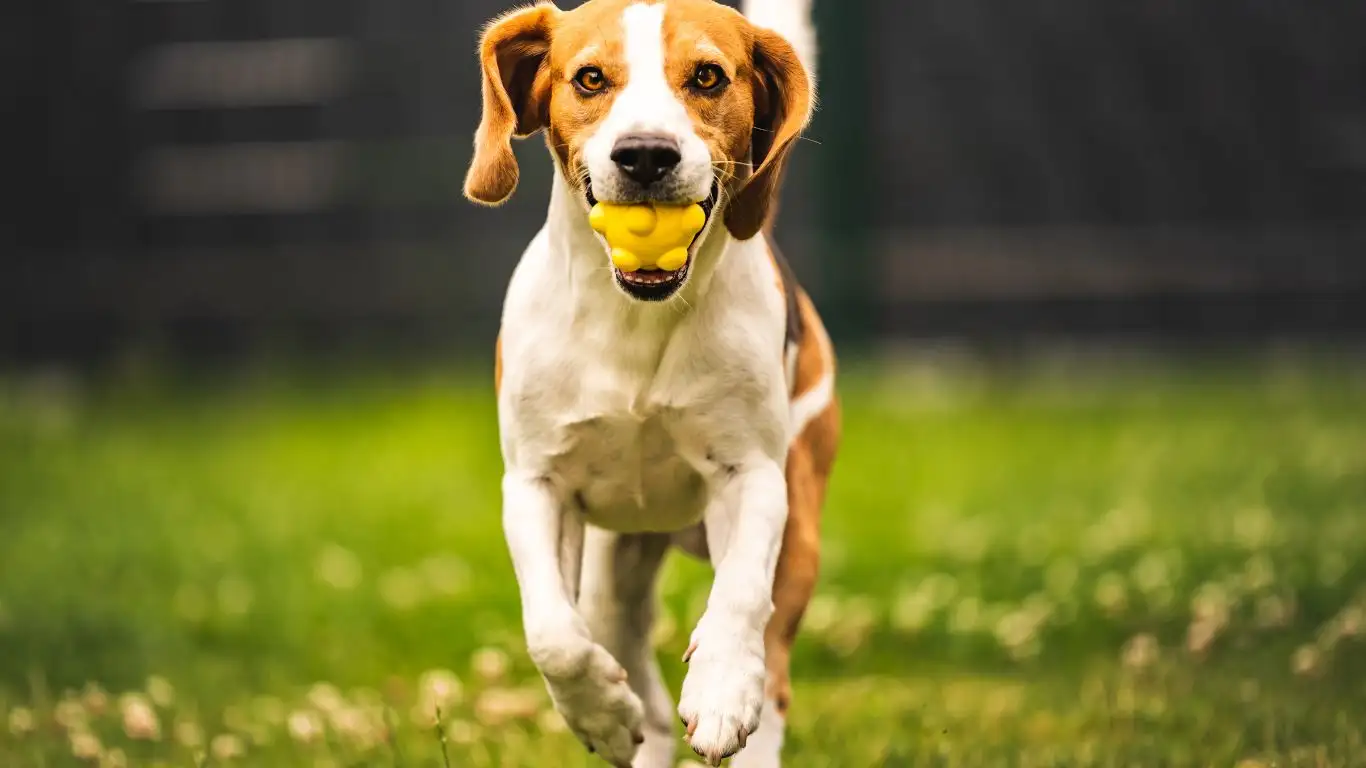
This process is often referred to as “successive approximation.” You’re essentially rewarding closer and closer approximations of the desired behavior, which gradually leads to the behavior being learned. For instance, if you’re teaching a dog to jump through a hoop, you might start by rewarding them for simply approaching the hoop, then for putting their paws through it, and finally for jumping all the way through. By breaking down the task into manageable steps, you make it much easier for your dog to succeed.
Common Mistakes to Avoid in Positive Reinforcement Training
While positive reinforcement is an incredibly effective method, there are a few common mistakes I see frequently when I’m working with new dog owners. Avoiding these mistakes will make your training sessions smoother and more successful.
Rewarding at the Wrong Time
As mentioned earlier, timing is critical. A common mistake I see is rewarding the dog too early or too late. This can confuse them and delay the learning process. Always wait for the behavior to be completed before delivering the reward. For example, when training your dog to “stay,” don’t reward them the moment they sit—wait until they’ve held the position for a few seconds to ensure they understand what they’re being rewarded for.
Using Inconsistent Rewards
Another mistake is being inconsistent with rewards. Sometimes, you might reward your dog for sitting, and other times you don’t. This inconsistency makes it harder for your dog to figure out what they’re being reinforced for. If you want your dog to understand the behavior you want to reinforce, make sure the rewards are given every time, at least during the initial stages of training.
Overusing Treats
While treats are a fantastic reward, it’s important not to rely on them too much. Over time, your dog might become overly focused on the treats, which can lead to problems when you want to wean them off the constant food rewards. To avoid this, it’s essential to gradually introduce other forms of reinforcement, like verbal praise, toys, or affection. Keep your dog guessing, and mix up the rewards to maintain their motivation!
In my experience, the best training sessions are those where the dog is engaged, focused, and excited to learn. By using positive reinforcement techniques, you’re creating an environment where your dog feels motivated, supported, and eager to succeed. Remember, the key is consistency, timing, and understanding that every dog is different. Find what works best for you and your dog, and enjoy the journey!
Case Studies & Real-Life Examples
To truly grasp how effective positive reinforcement techniques can be, it’s helpful to look at some real-life examples. As a Certified Professional Dog Trainer, I’ve had the privilege of working with a variety of dogs, each with their own unique challenges. Let me share a couple of case studies that show how positive reinforcement can make a huge difference in a dog’s behavior and overall quality of life.
Case Study 1: Overcoming Separation Anxiety with Positive Reinforcement
One of the most rewarding success stories I’ve had was with a dog named Bella, a sweet Golden Retriever who had severe separation anxiety. Bella would howl, whine, and destroy furniture whenever her owner left the house. It was heartbreaking to watch, and her owners were at their wit’s end, unsure of how to handle the situation.
We started Bella’s training using positive reinforcement, focusing on rewarding calm behavior when her owners left the house. Initially, we used a combination of treats and toys to reward Bella for staying calm when her owners simply put on their shoes or grabbed their keys—every step in the routine was marked with a reward. Gradually, we increased the time Bella spent alone in the house, always rewarding calmness upon her return.

After a few weeks, Bella’s anxiety significantly decreased. She was able to stay calm while her owners were away, and the destructive behavior stopped. This case really reinforced the power of using positive reinforcement to create lasting change. By rewarding calm behavior and gradually desensitizing her to the triggers that caused the anxiety, Bella learned to manage her stress in a healthy way.
Case Study 2: Teaching a Rescue Dog to Trust Again
Another memorable case involved Max, a rescue dog who had been through a traumatic experience before being adopted. Max was incredibly shy and fearful, especially around new people. His adopters were concerned that he would never trust anyone enough to enjoy a normal life. But with patience, time, and consistent positive reinforcement, Max was able to overcome his fear.
We used positive reinforcement to build Max’s trust, rewarding him with treats and praise whenever he approached a new person or showed curiosity. At first, he would retreat, but we never forced him into situations. We just let him move at his own pace, rewarding any progress, no matter how small. Over time, Max grew more comfortable around people, and his adopters were amazed at how much he changed. He went from being terrified of new faces to happily greeting guests and enjoying outings.
Both of these cases show how positive reinforcement can transform a dog’s behavior, even when they come with challenges. Whether it’s managing anxiety or building trust, this technique can bring about remarkable results.
Key Takeaways: What You Need to Remember
As we wrap up, here are some key takeaways that will help you make the most out of your positive reinforcement training:
- Timing is everything: Reward your dog immediately after they perform the desired behavior to reinforce the connection between the action and the reward.
- Consistency is key: Be consistent in your rewards and commands to avoid confusing your dog and ensure they understand what you want.
- Patience and persistence: Training takes time, and it’s important to remain patient. Dogs, like people, learn at their own pace.
- Use a variety of rewards: Mix up treats, toys, and praise to keep your dog motivated and engaged in the training process.
- Shaping behaviors: Don’t expect your dog to learn complex tricks or behaviors overnight. Break down the process into manageable steps and reward each small victory.
These principles are the foundation of effective positive reinforcement training. By following them, you’ll be able to build a strong bond with your dog while teaching them new skills in a fun and rewarding way.
FAQs
Let’s take a look at some frequently asked questions about positive reinforcement dog training:
1. How do I know what reward my dog will respond to?
Every dog is different, so it’s essential to experiment with different rewards to find what motivates your dog the most. Some dogs respond best to food rewards, while others prefer toys or verbal praise. Pay attention to what excites them the most, and use that as a reward during training sessions.
2. Can I use positive reinforcement for all types of behavior?
Yes! Positive reinforcement can be used to encourage both basic commands and more complex behaviors. Whether you’re teaching your dog to sit, stay, or roll over, positive reinforcement is a great method for reinforcing the desired behavior. Just remember to break down more complex behaviors into smaller steps (shaping) and reward each step.
3. What if my dog isn’t responding to positive reinforcement?
If your dog isn’t responding, it could be due to several factors, such as distractions or insufficient motivation. First, ensure you’re using the right type of reward. If your dog isn’t responding to treats, try using toys or praise. It’s also essential to keep training sessions short and fun. And if your dog is distracted, try training in a quieter environment before increasing the challenge.
Bonus: Additional Resources or DIY Tips
If you’re looking to dive deeper into positive reinforcement training, here are a few resources that I highly recommend:
- Books: “The Power of Positive Dog Training” by Pat Miller and “Don’t Shoot the Dog!” by Karen Pryor.
- Online Courses: Many reputable trainers offer online courses that focus on positive reinforcement techniques. Some great ones include Karen Pryor’s Dog Training Academy and The Academy for Dog Trainers.
- YouTube Channels: Trainers like Zak George and K9 Training Institute offer plenty of free, helpful videos that demonstrate positive reinforcement in action.
Appendix: Table, References, Disclaimer, and Call to Action
References: For more information on positive reinforcement and dog training techniques, I recommend visiting reputable websites like the American Kennel Club (AKC) and The Association of Professional Dog Trainers (APDT).
Disclaimer: The content in this article is for educational purposes only and is based on my experience as a Certified Professional Dog Trainer (CPDT-KA). Always consult with a professional trainer or behaviorist for specific issues or challenges with your dog.
If you’re ready to start training your dog using positive reinforcement techniques, don’t hesitate to reach out! Whether you’re looking for more personalized guidance or just need a few tips, I’m here to help. Happy training!


